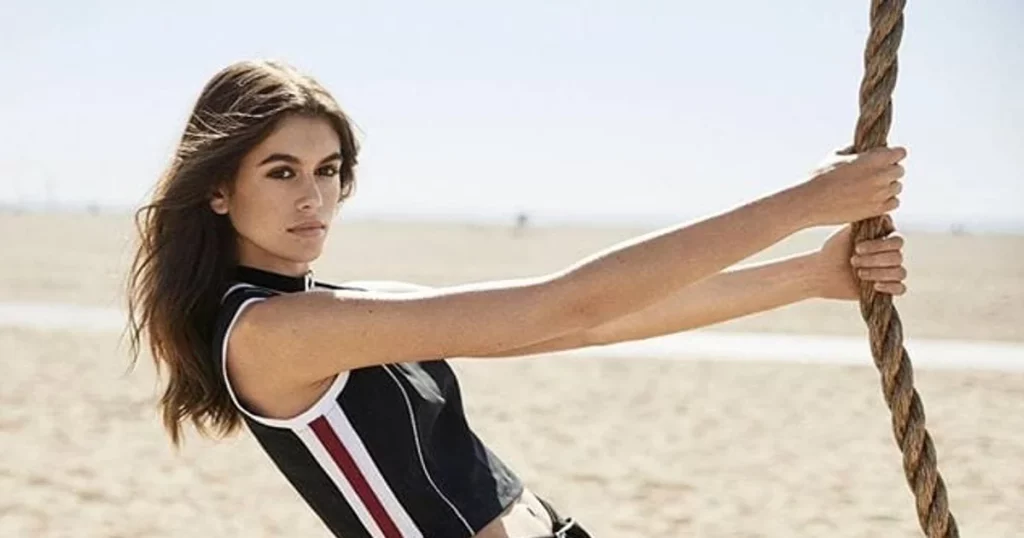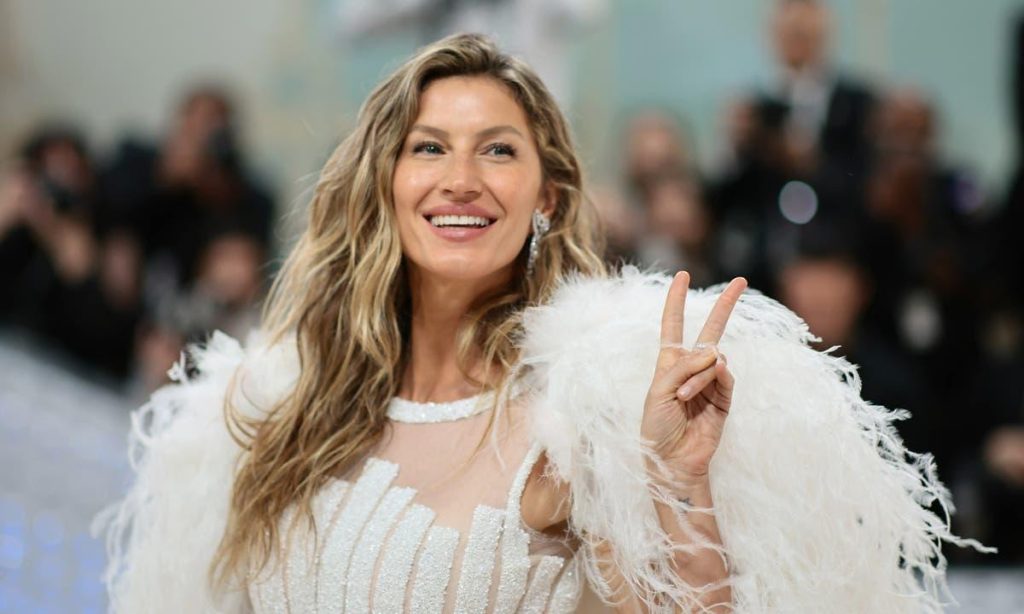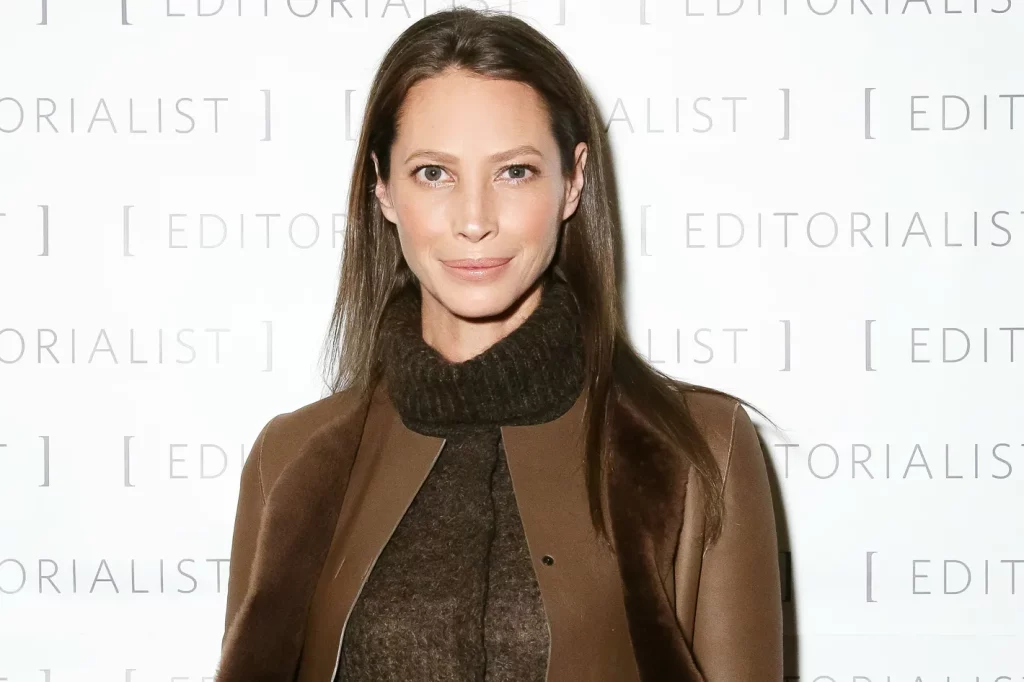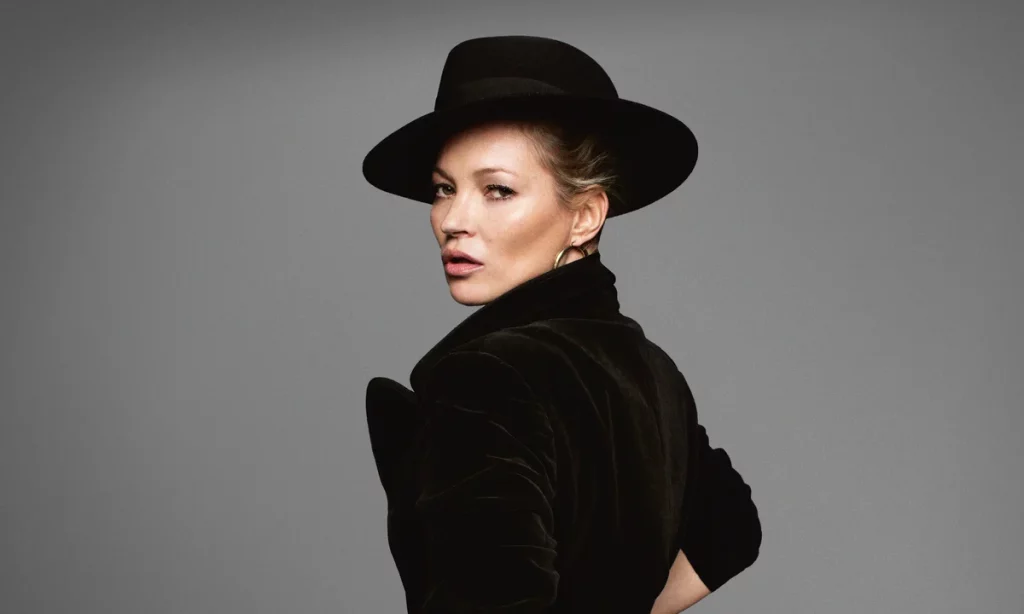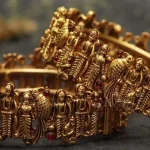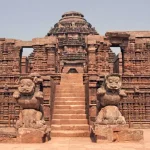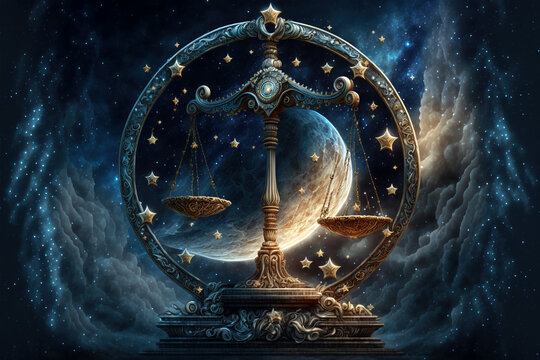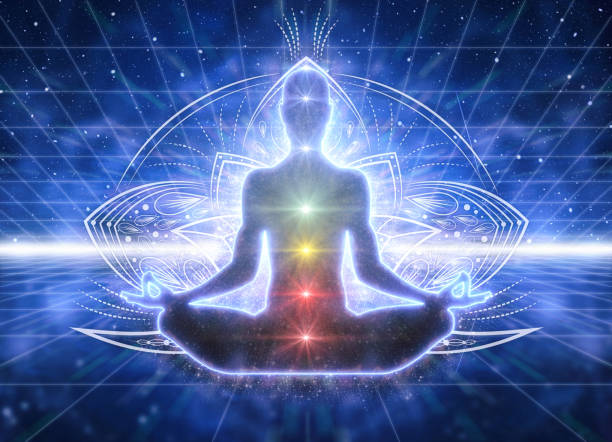The Role of Indian Folk Dances in Regional Celebrations
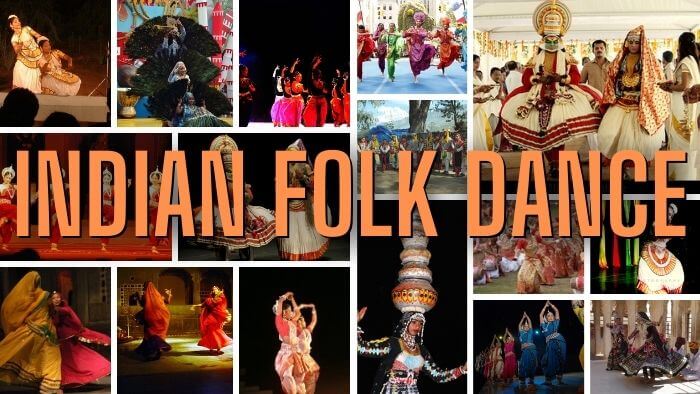
India, with its vast diversity of cultures, languages, and traditions, is home to a rich variety of folk dances, each representing the unique regional and cultural nuances of its people. Folk dances have been an essential part of India’s regional celebrations, from festive occasions to rituals, and have long played a key role in expressing the collective identity and emotions of communities. These dances not only provide entertainment but also offer a deeper understanding of the country’s cultural heritage, societal values, and religious practices.
Folk Dances as a Medium of Expression
Folk dances in India are deeply intertwined with the land, the people, and their environment. They reflect the agricultural lifestyle, the seasonal cycles, and the festivals that celebrate harvest, monsoons, and prosperity. Many of these dances are spontaneous, joyous expressions of collective spirit, performed by local communities to celebrate various milestones, such as the arrival of a new season, the harvest, or a religious occasion.
Folk dances are also used to narrate stories from mythology, history, or local legends, and often serve as a medium for preserving the oral traditions of a region. Whether it’s the energetic bhangra of Punjab, the graceful kathakali of Kerala, or the vibrant Garba of Gujarat, each dance form captures the essence of the culture and beliefs of the people it represents.
Regional Folk Dances and Their Connection to Celebrations
In every part of India, folk dances are an indispensable part of regional celebrations, be it a religious festival, a harvest event, or a social gathering. Here’s a look at how different regions of India incorporate folk dances into their celebrations:
- Bhangra (Punjab): A lively and energetic dance, Bhangra is performed to celebrate harvest festivals, weddings, and other joyous occasions. During the festival of Baisakhi, people from Punjab come together to perform Bhangra, celebrating the harvest season and expressing gratitude to nature. The rhythmic beats of the dhol and the high energy of the dancers make Bhangra an iconic part of Punjabi culture.
- Garba (Gujarat): Garba is traditionally performed during the Navratri festival, where groups of people circle around an image of Goddess Durga, singing devotional songs. The graceful circular movements and rhythmic claps in Garba symbolize the worship of the divine feminine and celebrate the triumph of good over evil. During Navratri, communities in Gujarat, and now around the world, come together to dance, creating a spirit of unity and devotion.
- Dandiya (Gujarat): Another popular dance during Navratri in Gujarat, Dandiya involves two players striking decorated sticks together in rhythm while dancing in pairs. Dandiya celebrates the spirit of the festival with vibrant costumes, music, and the infectious energy of the dancers.
- Bihu Dance (Assam): Performed during the Bihu festival, which marks the Assamese New Year and the arrival of spring, Bihu dance is characterized by brisk steps, rhythmic movements, and the use of handkerchiefs or small sticks. The dance is a celebration of fertility, youth, and the spirit of the harvest season.
- Lavani (Maharashtra): Lavani, a powerful and rhythmic dance form, is popular in Maharashtra and is performed during folk theater performances and celebrations, including festivals like Gudi Padwa (Maharashtrian New Year). The dance is characterized by its fast-paced beats, graceful movements, and expressive gestures that captivate audiences and convey the energy and vibrancy of the region.
- Kuchipudi (Andhra Pradesh): While it is primarily a classical dance form, Kuchipudi also has folk roots and is often performed during religious festivals. The dance, known for its graceful movements and storytelling techniques, is a form of devotion that has evolved over centuries. During festivals like Ugadi and other local celebrations, people come together to perform Kuchipudi, honoring their gods and ancestors.
- Ghoomar (Rajasthan): This traditional dance form from Rajasthan is performed by women in swirling skirts during festivals, weddings, and other celebrations. Ghoomar is not just a dance but a reflection of the region’s vibrant culture, with its graceful spins and collective participation. It symbolizes joy, unity, and the spirit of the Rajasthani people.
Folk Dances in Religious and Ritualistic Celebrations
Religious festivals in India often incorporate folk dances as part of the rituals. These dances are not merely for entertainment; they are also seen as a way to honor the divine, seek blessings, and maintain a connection with the gods. In many cultures, folk dances are considered a form of prayer, and their rhythmic patterns are believed to invoke divine energy and blessings.
For instance, Koli dance from Maharashtra is performed to celebrate the harvest and is dedicated to the goddess of the sea. Similarly, Karma dance, performed by tribal communities in central India, is associated with the worship of the nature god and the harvest. Folk dances like these play an essential role in connecting communities with their spiritual and religious practices, blending the sacred with the social.
The Revival and Global Spread of Folk Dances
While folk dances were traditionally rooted in rural and regional celebrations, they have increasingly gained recognition on national and international platforms. Today, many folk dance forms are performed in cultural festivals, stage performances, and even on global platforms, where they continue to receive appreciation for their authenticity and cultural value.
In recent years, the integration of folk dances into mainstream culture, along with the growing interest in preserving cultural heritage, has led to a revival of many traditional dance forms. Television shows, dance competitions, and cultural exchanges have played a crucial role in popularizing these regional dances and introducing them to global audiences.
Conclusion
Folk dances are a living testament to India’s rich cultural diversity and heritage. They have long been integral to regional celebrations, festivals, and rituals, acting as a medium of expression, celebration, and connection to the divine. These dances not only reflect the spirit and customs of the people but also embody the traditions, history, and unity that bind diverse communities across the country.
As India continues to embrace modernity, the importance of preserving and promoting these folk dance forms cannot be overstated. They are essential not only for maintaining the cultural fabric of Indian society but also for inspiring future generations to appreciate the beauty of their regional and national traditions.



